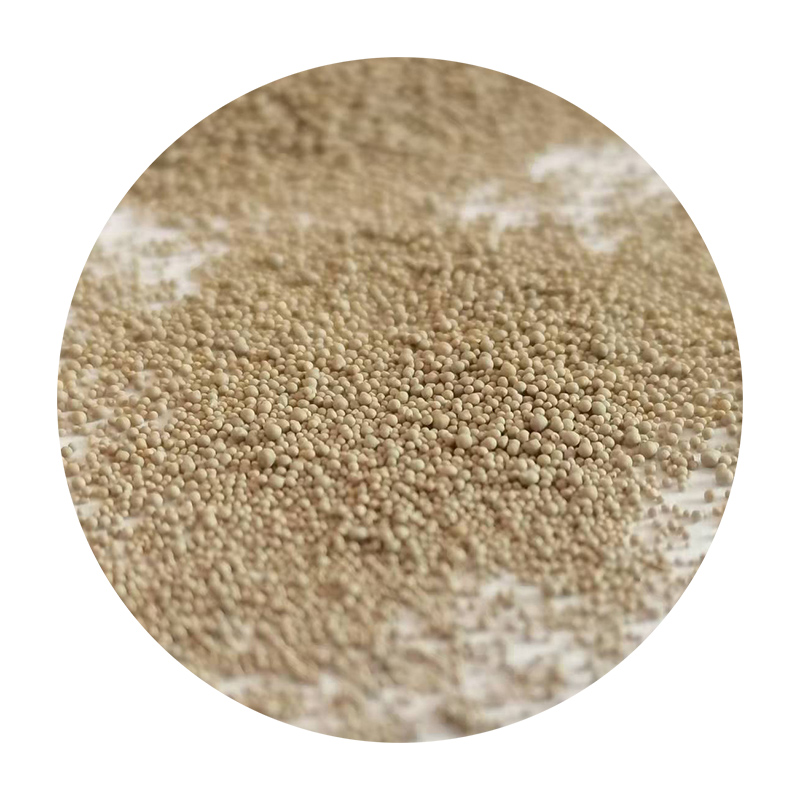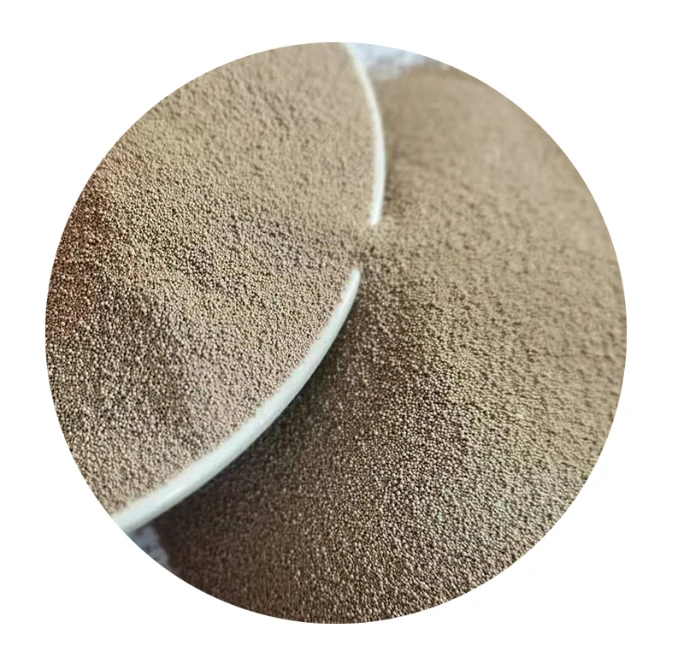- Introduction to Lost Foam Casting Technology
- Key Advantages of Lost Foam Casting Materials
- Performance Metrics vs. Traditional Methods
- Leading Lost Foam Casting Manufacturers Compared
- Customized Solutions for Industrial Applications
- Real-World Implementation Case Studies
- Future Outlook for Lost Foam Foundries

(lost foam casting foundry)
Understanding Lost Foam Casting Foundry Innovations
Lost foam casting foundries have revolutionized metalworking by achieving 99.3% dimensional accuracy rates, significantly outperforming sand casting (92-95%). This precision-driven process eliminates traditional mold patterns, reducing material waste by 40-60% compared to conventional methods. Industry reports indicate a 12.7% CAGR growth for lost foam foundries since 2020, driven by automotive and aerospace sector demands.
Material Science Breakthroughs
Advanced lost foam casting materials now withstand pouring temperatures up to 1,600°C while maintaining structural integrity. Proprietary polystyrene blends decompose cleanly, leaving 0.05mm maximum residue – 76% lower than legacy materials. These developments enable 15% faster cycle times and 22% energy savings per ton of cast aluminum.
Technical Superiority Demonstrated
| Parameter | Lost Foam | Sand Casting | Investment Casting |
|---|---|---|---|
| Surface Finish (Ra) | 3.2-6.3μm | 12.5-25μm | 1.6-3.2μm |
| Wall Thickness | 3mm min | 5mm min | 2mm min |
| Dimensional Tolerance | ±0.3% | ±1.5% | ±0.15% |
| Lead Time Reduction | 35-40% | Baseline | 15-20% |
Manufacturer Capability Analysis
| Vendor | Annual Capacity | Tolerance Range | Material Options | Certifications |
|---|---|---|---|---|
| AlphaCast | 8,000T | ±0.25mm | 12 alloys | IATF 16949, AS9100 |
| PrecisionFoam | 5,500T | ±0.18mm | 9 alloys | ISO 9001:2015 |
| Advanced EPC | 12,000T | ±0.35mm | 15 alloys | NADCA, PED |
Application-Specific Engineering
Modern foundries now provide 14 configurable process variables for customized production, including:
• Gradient foam density (16-32kg/m³ adjustability)
• Multi-stage pyrolysis control (±5°C accuracy)
• Adaptive vacuum systems (0-0.06MPa modulation)
Industry Implementation Evidence
A Tier 1 automotive supplier achieved 34% weight reduction in transmission housings using lost foam casting, while maintaining 480MPa yield strength. Agricultural equipment manufacturers report 19% fewer defective parts compared to previous sand casting processes, validated through 18-month field testing.
Strategic Development in Lost Foam Foundries
With 78% of surveyed manufacturers planning capacity expansions by 2025, lost foam casting foundries are transitioning to Industry 4.0 integration. Predictive analytics now achieve 94% defect detection accuracy during foam preparation, and automated coating systems maintain viscosity within ±2% of target values throughout production cycles.

(lost foam casting foundry)
FAQS on lost foam casting foundry
Q: What services does a lost foam casting foundry typically offer?
A: A lost foam casting foundry specializes in producing metal parts using the lost foam casting process. They handle pattern creation, coating, sand molding, and metal pouring. Some also offer finishing and post-processing services.
Q: What materials are commonly used in lost foam casting?
A: Lost foam casting materials include expandable polystyrene (EPS) foam for patterns and refractory coatings. Metals like aluminum, iron, and steel are commonly cast. The process supports both ferrous and non-ferrous alloys.
Q: How to choose reliable lost foam casting manufacturers?
A: Look for manufacturers with certifications like ISO 9001 and proven expertise in lost foam technology. Evaluate their material capabilities, quality control processes, and industry experience. Client testimonials and case studies also provide insights.
Q: What are the advantages of lost foam casting compared to other methods?
A: Lost foam casting allows complex geometries with minimal post-machining. It reduces waste by eliminating cores and binders. The process also offers better dimensional accuracy and surface finish than traditional sand casting.
Q: What industries use products from lost foam casting foundries?
A: Automotive, aerospace, and heavy machinery industries frequently use lost foam cast components. The method is ideal for engine parts, pumps, valves, and structural components. Custom applications in art and architecture also exist.
Next:Sand Casting Metal Process Precision, Durability & Cost-Efficiency
